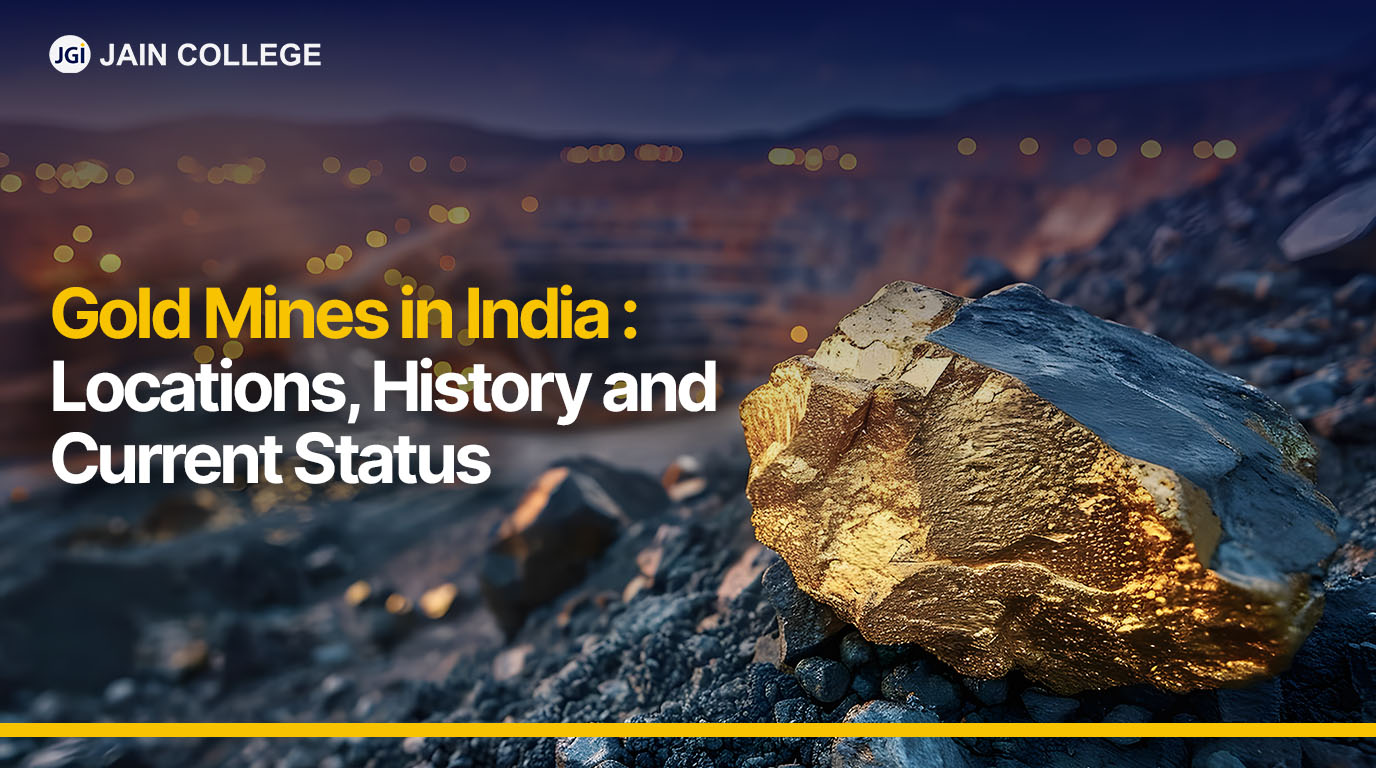
Gold mining in India has a rich and ancient history. The country was one of the earliest civilizations to mine and work with gold.
From the famed Kolar Gold Fields to modern-day operations, India has seen significant developments in gold mining.
Despite the country's wealthy tradition, gold production has faced challenges recently. Today, India's gold mines are concentrated in specific regions with unique history and future potential.
In this article, let's explore in more detail the different Gold Mines present in India, their current status, history, locations, and more.
Keep Reading!
Gold is a mineral, a naturally occurring homogeneous solid with a specific chemical composition is often found in nature in a pure (native) form. Thus, it can be considered both a mineral and an element.
Gold is a yellowish, dense, malleable, and ductile metal with the chemical symbol Au (from Latin aurum) and atomic number 79. Its abundance in the earth's crust is 0.004 ppm. 100% of gold found naturally is isotope Au-197.
According to scientists, all the gold found on Earth was formed in supernovae and neutron star collisions long before the solar system and planet Earth formed!
It is one of the least reactive chemical elements and does not tarnish, making it highly desirable for jewellery and investment. Gold occurs naturally in its native form, often found in alluvial deposits or as part of mineral ores.
Gold mining has been integral to India’s history for thousands of years. Evidence of gold extraction dates back to the ancient Indus Valley Civilization when gold was used for ornamental and religious purposes.
In the medieval period, during the reign of the Mughal Empire, gold mining expanded with the discovery of large reserves in places like Rajasthan.
The most famous and historically significant gold mines were in Kolar, Karnataka, where gold mining flourished from the late 19th century. Over time, gold mining techniques evolved from traditional methods to more advanced technologies. However, despite India’s long gold mining history, the country’s domestic gold production has always been limited compared to global demand, leading to heavy reliance on imports.
Gold holds significant importance for several reasons:
India is one of the largest consumers of gold in the world. Our country imports about 800 metric tons of precious metal annually, yet India also has vast mineral resources, including gold.
According to the WGC, India has 2,191.53 metric tons of gold ore resources. However, only a fraction of these resources have been explored and exploited, leaving a vast potential for gold mining in India.
Here are the top ten gold mines in India. Let's learn more in detail about these gold mines one by one.
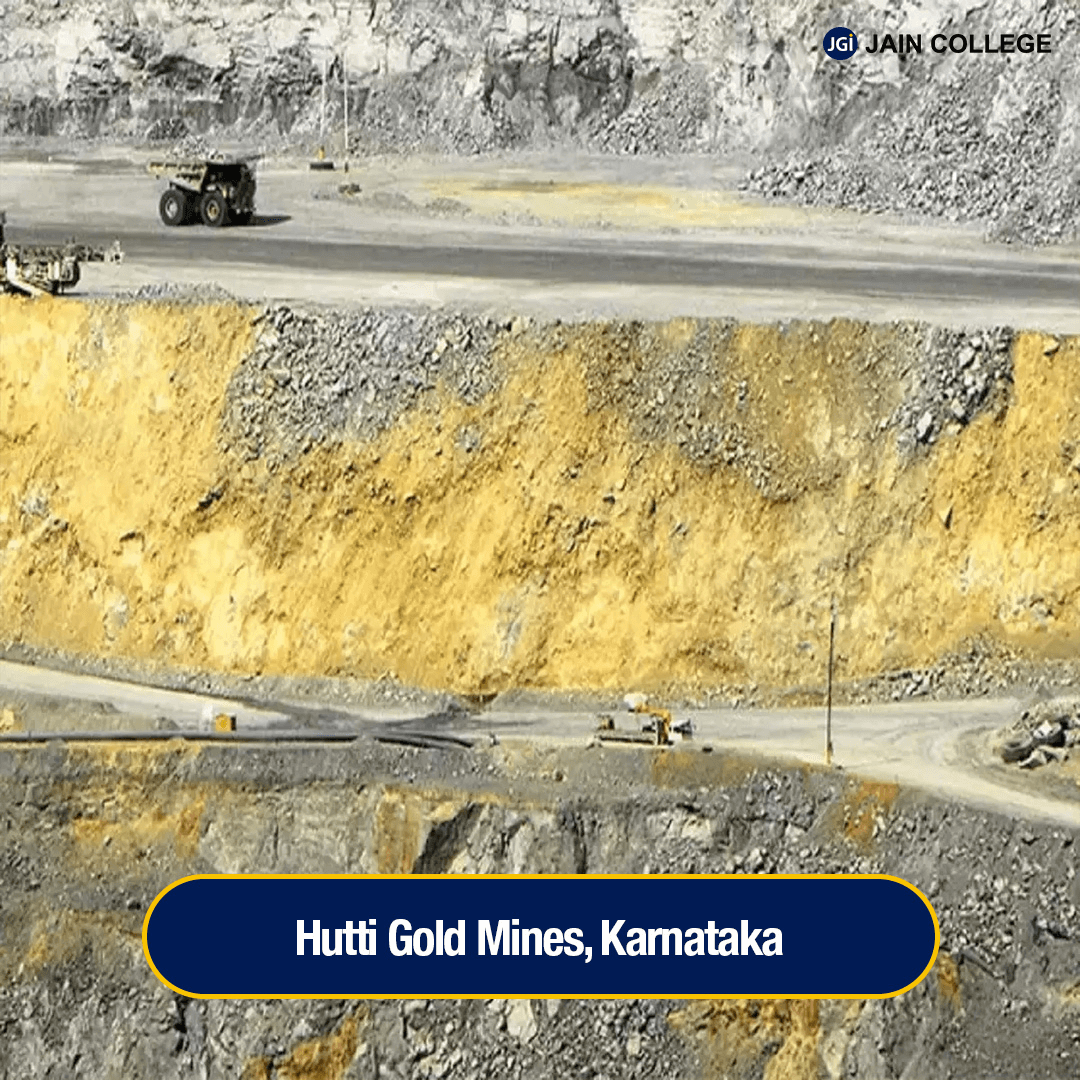
Hutti is currently one of the few active gold mines in India. Located in the Raichur district of Karnataka, Hutti has been operational for several decades and remains a key player in India’s gold mining industry. The mine is known for its high-grade ore deposits and continues to produce gold for the Indian economy.

The Kolar Gold Fields, once known as the world’s second deepest gold mines, were India's most famous and productive gold mines. Located in the Kolar district of Karnataka, KGF is a mining region in the Deccan Plateau. The KGF is about 100 kilometres from Bangalore.
Mining here began in the late 1800s, and by the mid-20th century, Kolar was one of the richest gold mining regions. Unfortunately, the mines were shut down in 2001 due to the increasing cost of extraction and declining gold reserves.
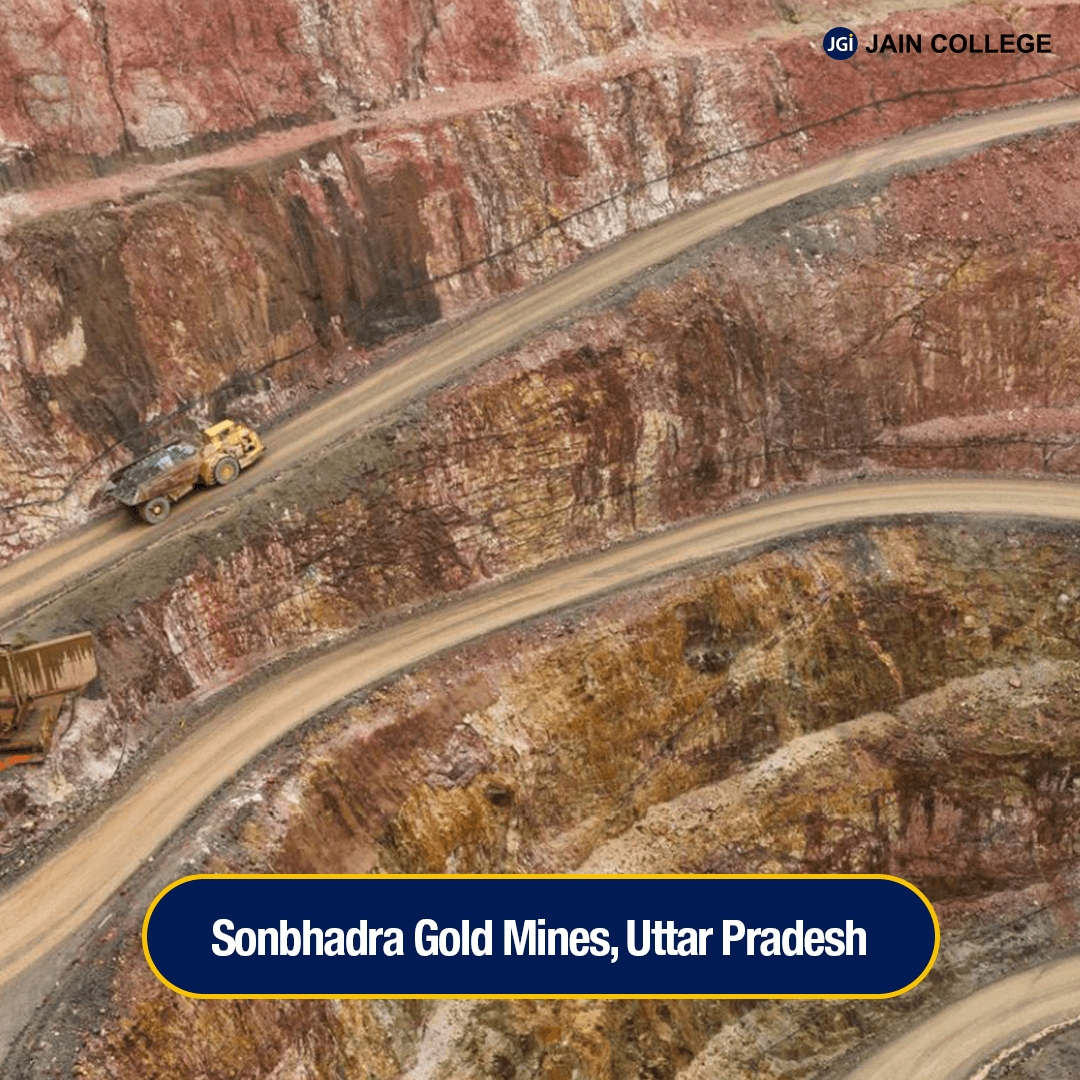
Located in the Sonbhadra district of Uttar Pradesh, the Sonbhadra Gold Mines is a newer area of interest for gold mining in India. Sonbhadra district of Uttar Pradesh gained sudden prominence after news circulated that the area has a rich vein of gold. The region, rich in various minerals, saw gold deposits identified in the late 1990s, though serious mining operations began much later. The gold reserves are spread across multiple parts of Sonbhadra, making it one of northern India's promising gold mining areas.
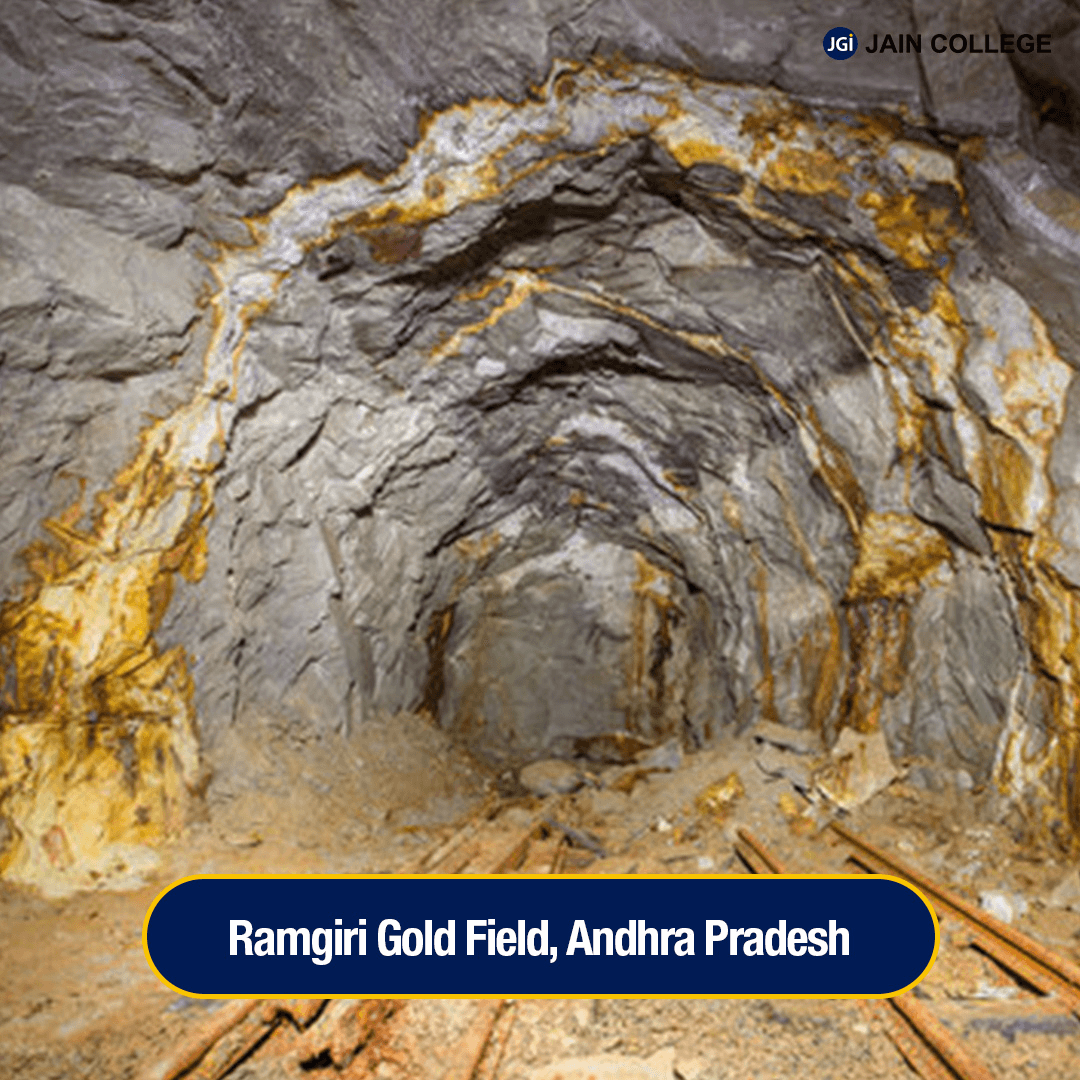
Situated in the Anantapur district of Andhra Pradesh, Ramgiri was another prominent gold mining area, especially during the early 20th century. Although mining operations have slowed in recent years, historical records highlight Ramgiri's significance as a gold-producing region in India.
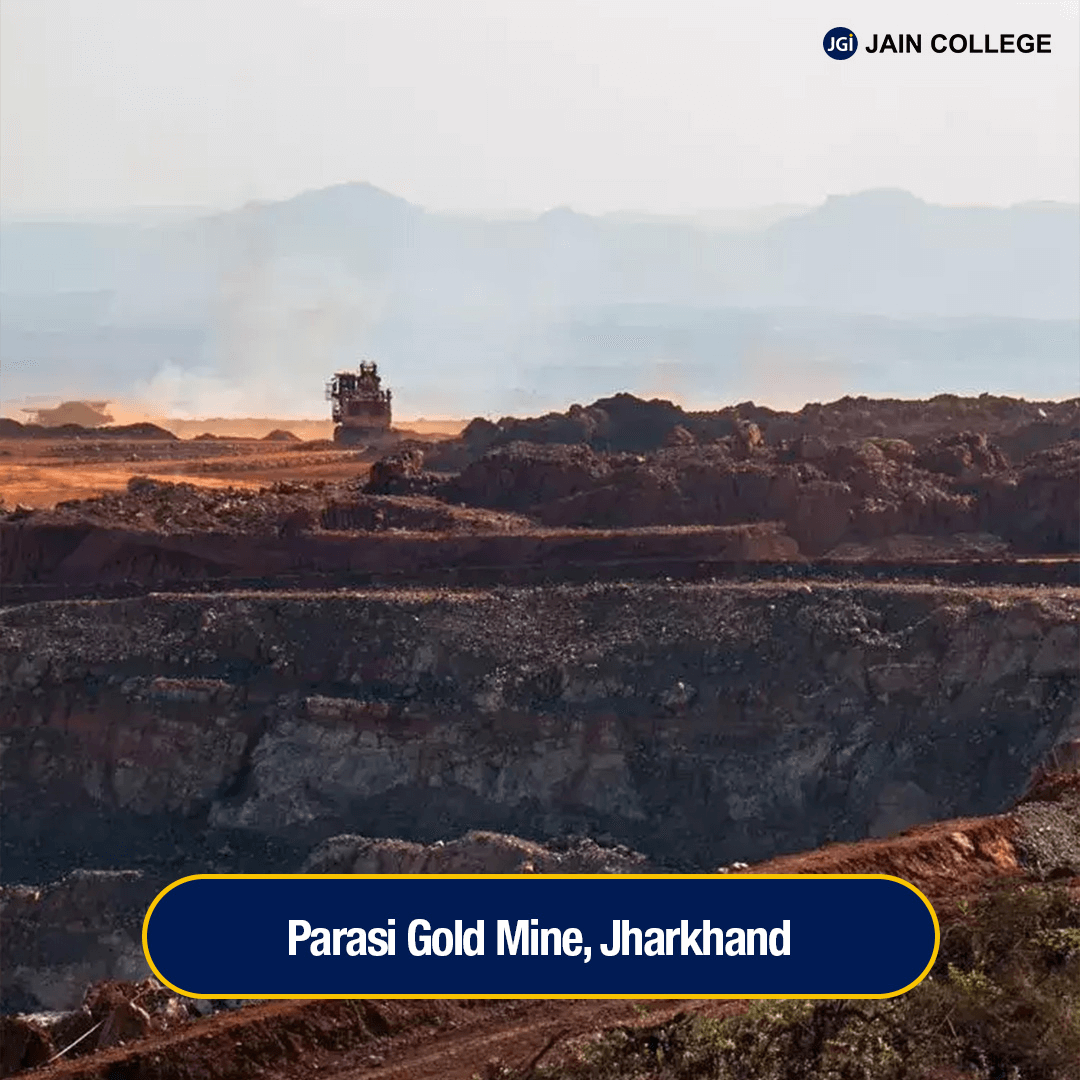
The Parasi Gold Mine is in the Giridih district of Jharkhand, well-known for its rich mineral resources. Gold was discovered here during exploratory drilling and mining activities in the 1980s. However, gold mining activities in this region are relatively limited compared to other parts of India. With gold extracted from surface and underground deposits, the Parasi mine has remained a minor contributor to the country’s gold output.
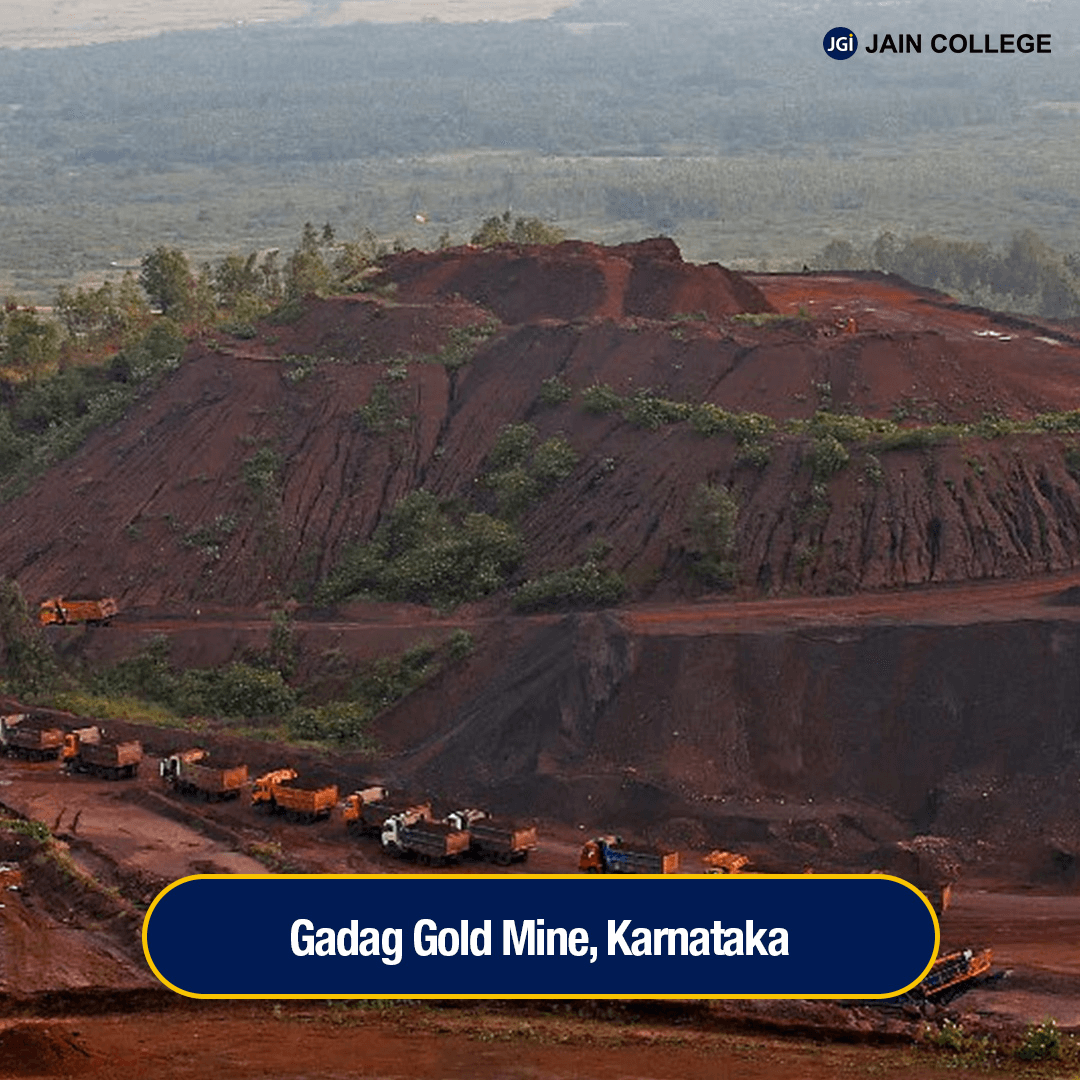
Karnataka is home to several significant gold mining areas, and the Gadag Gold Mine, located in the northern part of the state, is one of them. The Gadag mine has been an active site for gold extraction, with mining activities dating back several decades. The gold deposits are primarily found in quartz veins within granite rock formations. The Gadag Gold Mine has contributed to Karnataka’s status as one of India’s top gold-producing states.
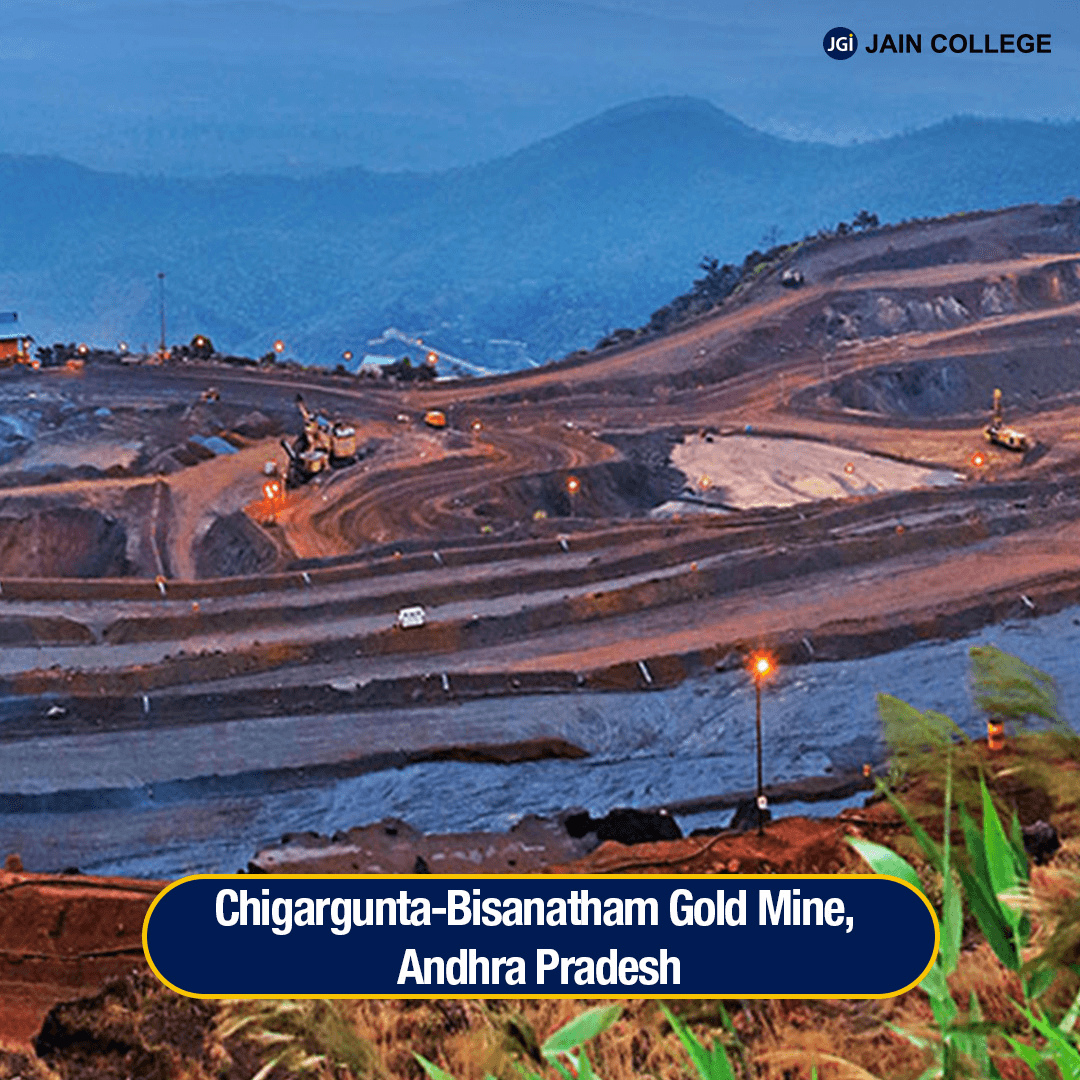
The Chigargunta-Bisanatham Gold Mine is located in the Anantapur district of Andhra Pradesh. Historically, this area has seen some mining activity, though it is not as famous as other gold mining sites in India. The gold deposits in this region are primarily found in quartz and pyrite ores. Mining in Chigargunta-Bisanatham has been relatively modest, with the mines having fluctuating production rates over the years.
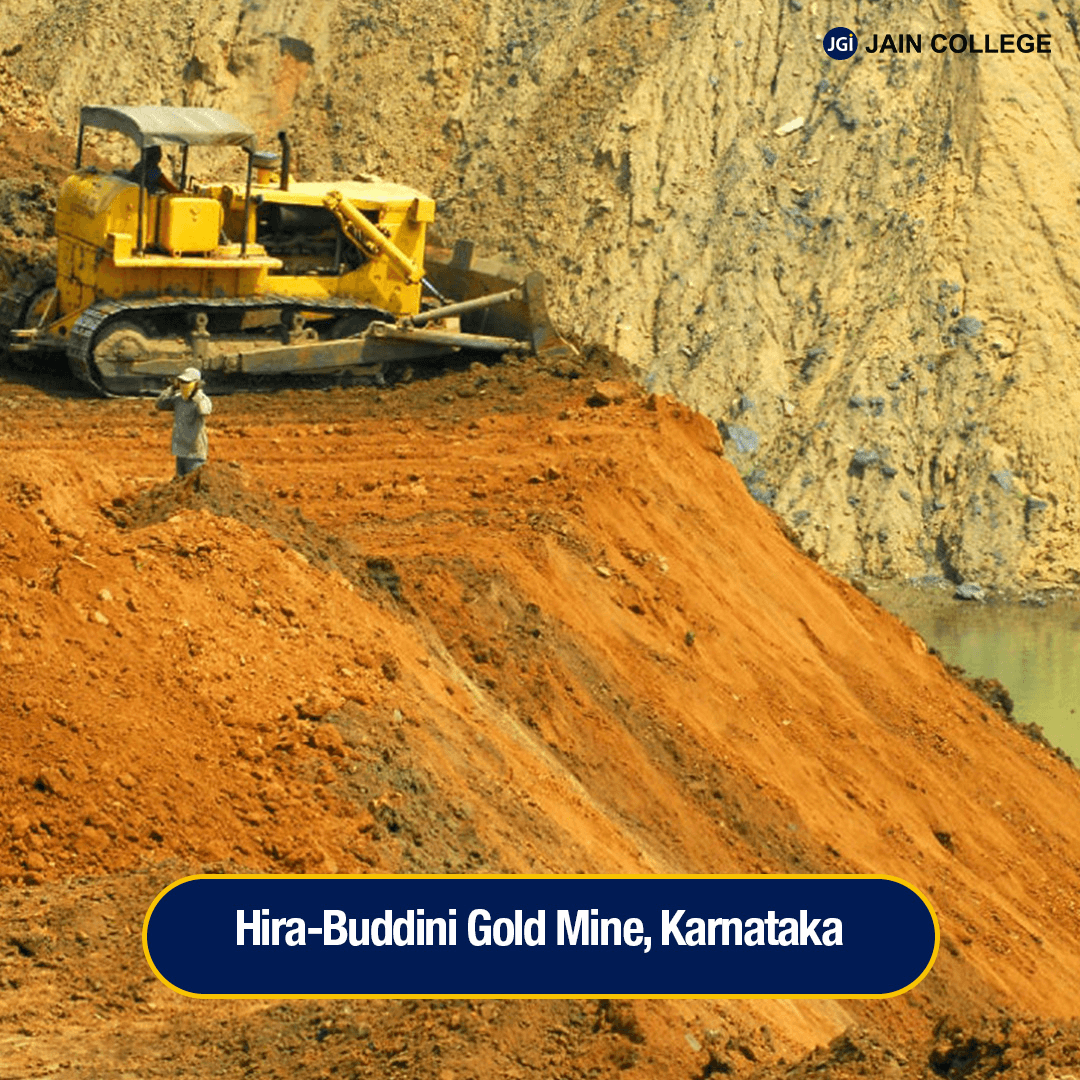
The Hira-Buddini Gold Mine is a subsidiary of the Hutti Gold Mine. It is located 20 km east of Hutti in the Raichur district of Karnataka and is under the management of Hutti Gold Mines Limited (HGML).
The Hira-Buddini Gold Mine, situated in the Raichur district of Karnataka, is one of the state's most active gold mining sites. This mine has been operational for several years and is known for its rich gold-bearing ores, which remain a crucial part of the state's mining heritage. It is located close to other prominent gold mines in the region, including the famous Hutti Gold Mines. The Hira-Buddini site primarily uses underground and surface mining techniques to extract gold. Although the mine's output is not as large as that of some of the more prominent regional players, it plays a vital role in Karnataka’s gold production.

The Kunderkocha Gold Mine, located in Jharkhand's West Singhbhum district, is one of India's lesser-known gold mining areas. The gold here is primarily found in small-scale deposits in quartz veins. Mining activities in this region are not as significant as those in other gold-producing areas.
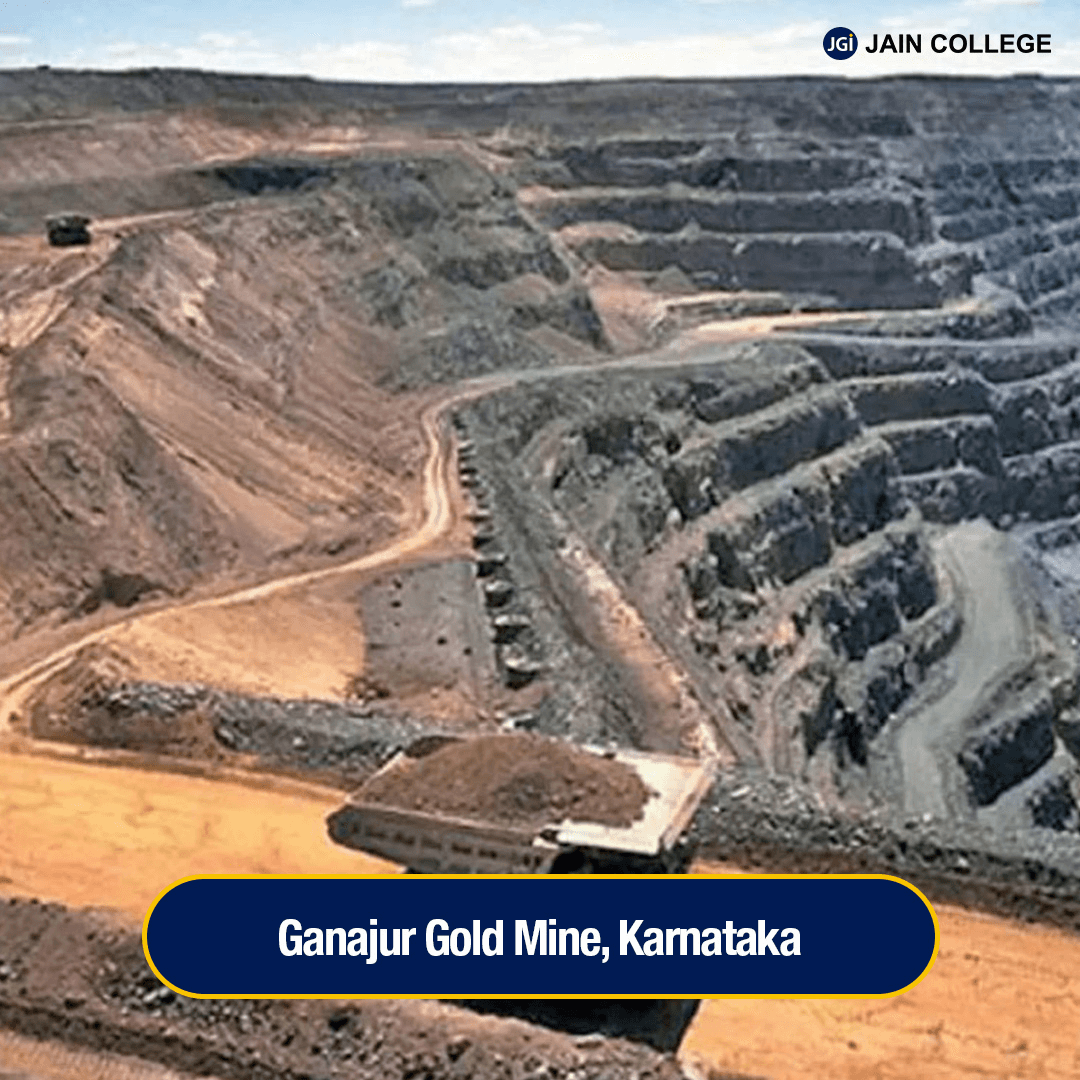
Located in the Bagalkot district, the Ganajur Gold Mine is important to Karnataka's gold mining sector. It holds high-quality gold and has attracted considerable investment and study. The mine mainly uses open-pit mining, which extracts gold from ore in sedimentary rock.
The Ganajur Gold Mine looks like a valuable property. Expansion plans are underway to produce more gold. It is in Karnataka, a region known for gold. The Ganajur mine should keep boosting the state and country's economy. It offers jobs and valuable minerals.
These are some of the famous gold mines in India. Since gold remains a key part of India's culture and economy, mining is still vital. With advanced technologies, the mining process in India can be made more environmentally friendly and economically feasible, contributing to India's economy and reducing the need for gold imports.
India's gold mining history and geography show its past and present issues. Old mines, like those in Kolar (KGF), are less crucial now. The mine was closed on 28 February 2001 due to falling gold prices, even though gold remained in the mine.
Yet, gold remains a key part of India's culture and economy, so mining is still vital.
New areas and better technology could make mining more sustainable and profitable. This can boost India's economy and reduce its need to import gold.
Join JAIN College for top-notch Science, Commerce, and Arts programmes. Secure your path to success today!
Major gold mines are in Karnataka, Jharkhand, Rajasthan, Andhra Pradesh, and Maharashtra.
Gold mining in India dates back to ancient times, with the Kolar Gold Fields in Karnataka being one of the oldest and most famous gold mines.
Karnataka is India's largest gold-producing state. Kolar and Hutti are two central goldfields in Karnataka.
Gold production in India has declined recently, but exploration and development projects are ongoing to tap into untapped reserves.
Yes. The Kolar Gold Fields, Hutti Gold Mines, and the Ramgiri Gold Belt are some notable operations.
No. The Kolar gold fields (KGF) were closed on 28 February 2001 due to a fall in gold prices.
High extraction costs, limited gold reserves, and environmental concerns make gold mining a challenging and costly industry in India.
India does have gold reserves, though the country relies heavily on imports to meet domestic demand.
The Kolar gold fields (KGF), about 100 kilometres from Bangalore, Karnataka state, is the world’s second deepest gold mine, with a depth of 3,000 metres.

JAIN PU College, a part of the renowned JGI Group, is committed to empowering students with quality education.
Beyond academics, the college ensures its online content reflects the same standard of excellence. Every blog and article is meticulously vetted and proofread by subject matter experts to ensure accuracy, relevance, and clarity. From insightful educational topics to engaging discussions, JAIN PU College's content is crafted to inform, inspire, and add value to its readers, reflecting the institution's commitment to intellectual growth and innovation.
View all Blogs